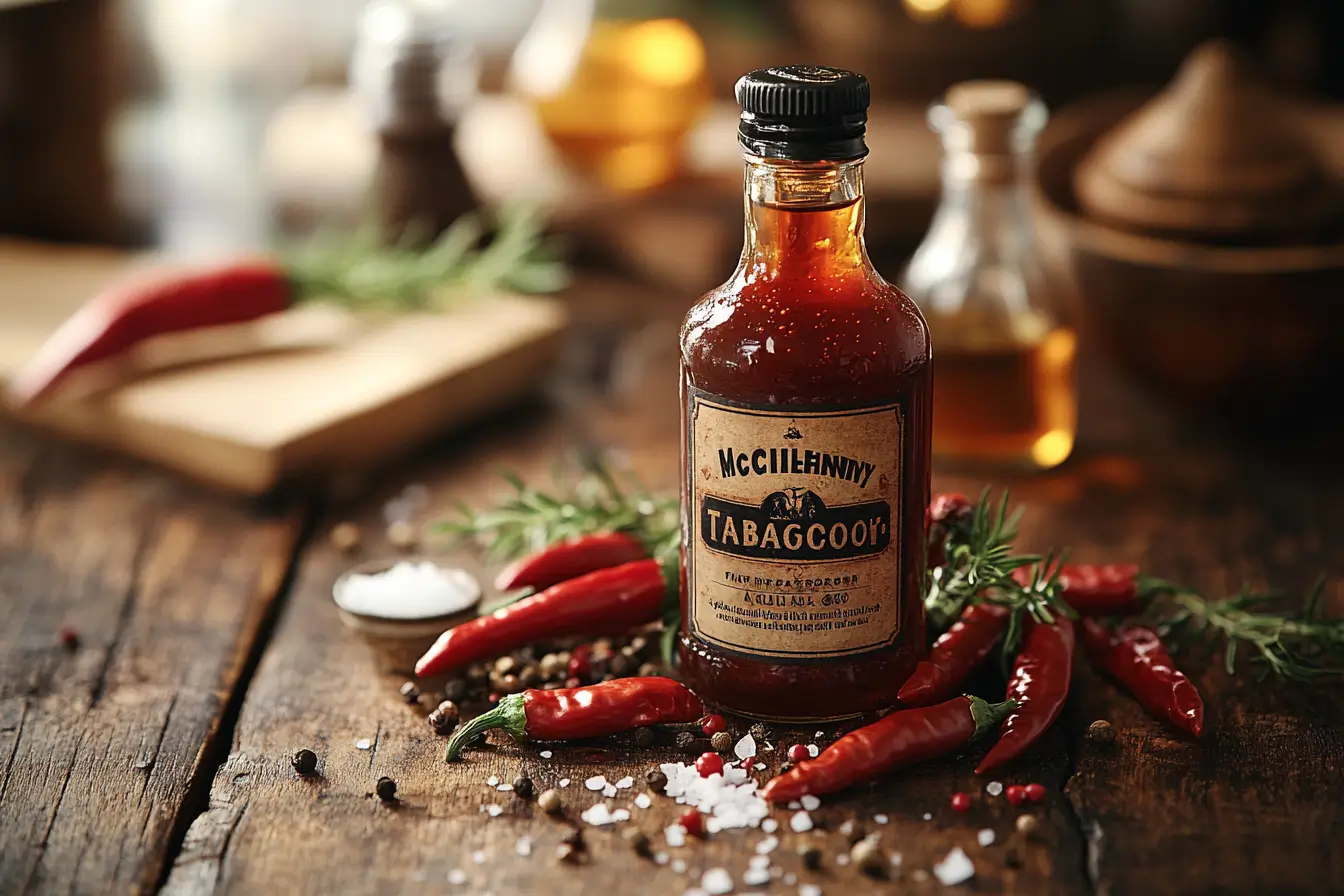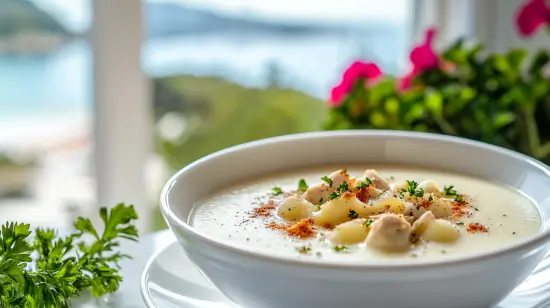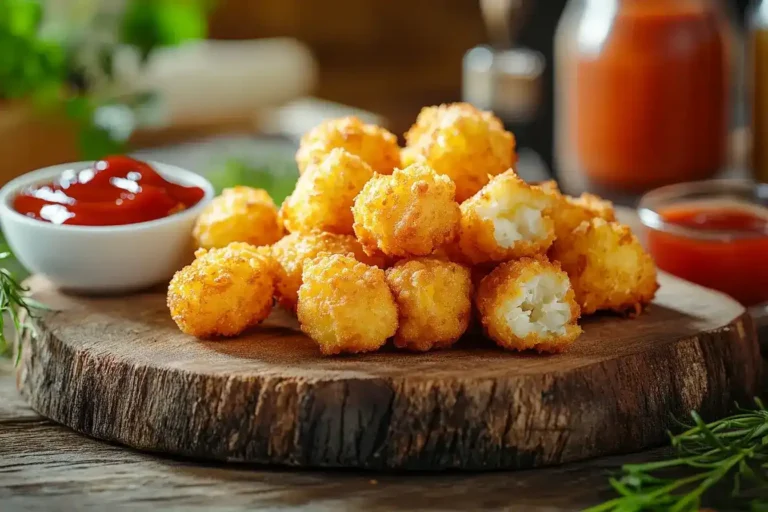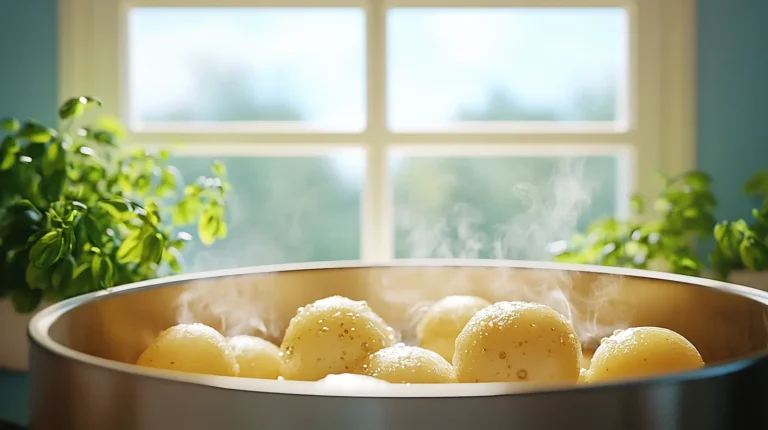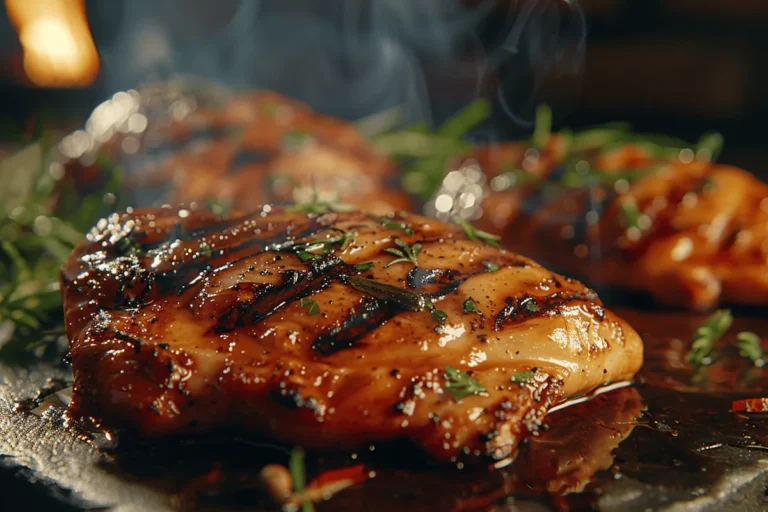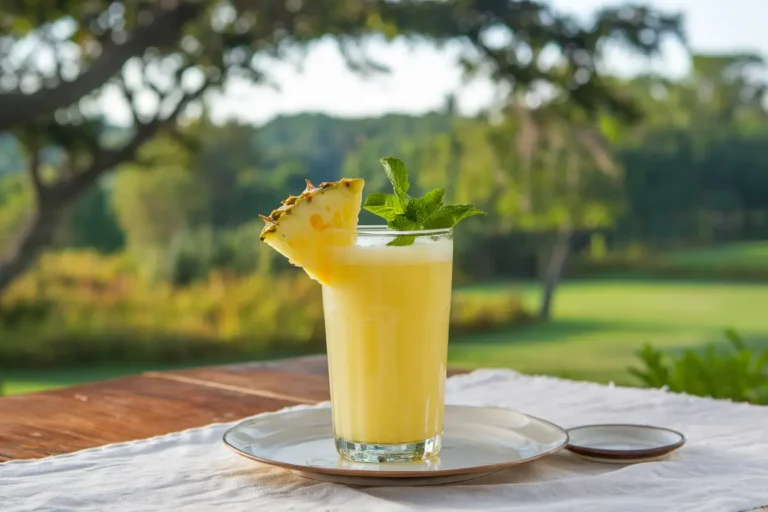What Is the Oldest Hot Sauce Brand? Uncover the Spicy Legacy
Hot sauce lovers often wonder, what is the oldest hot sauce brand? This question takes us on a journey through the fiery flavors that have spiced up our meals for centuries. In this article, we’ll delve into the origins and legacy of the world’s oldest hot sauce brand, revealing its historical significance and why it remains a kitchen staple today. Whether you’re a culinary enthusiast or just curious about food history, understanding what is the oldest hot sauce brand will add a rich layer of context to your next meal.
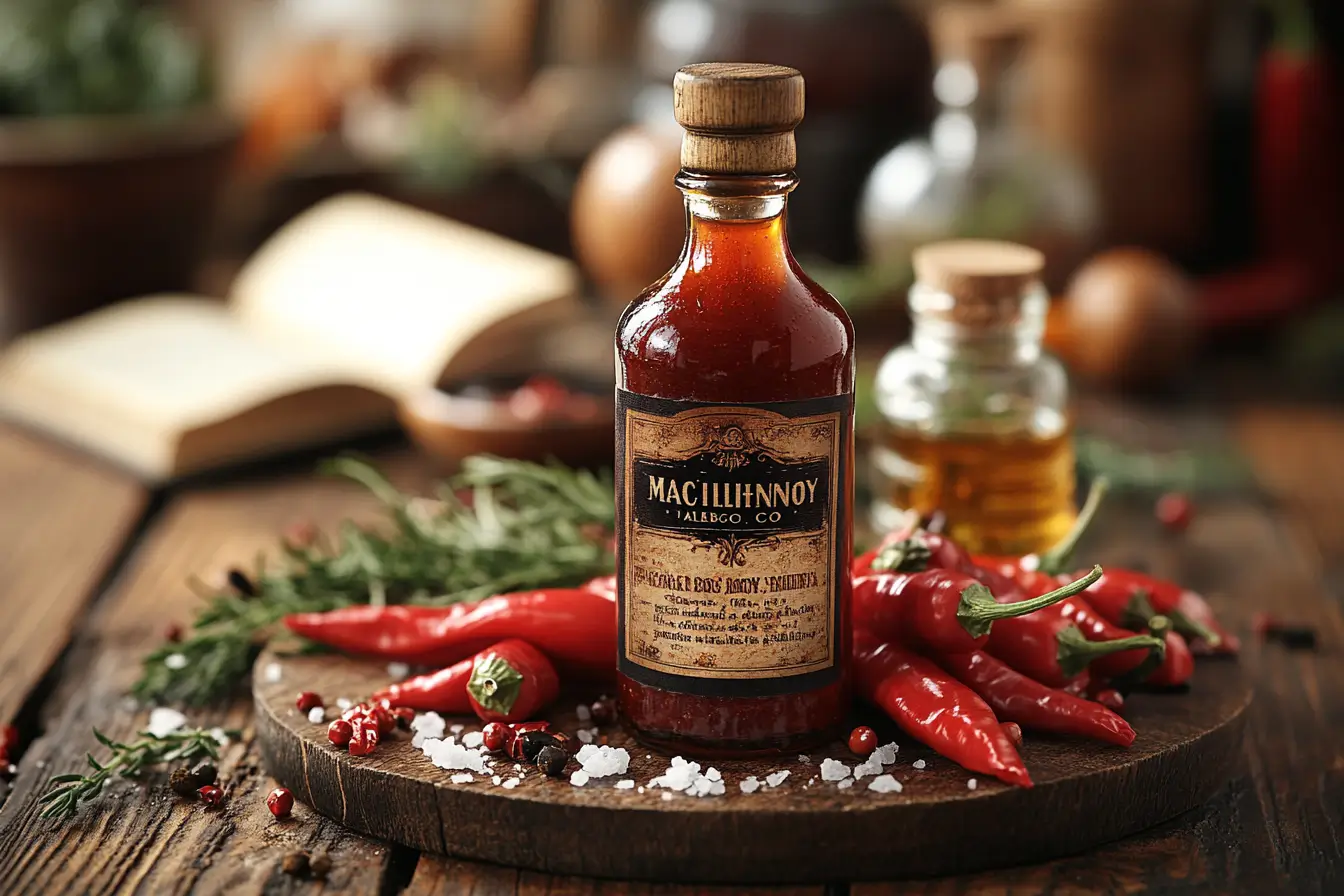
The Evolution of Hot Sauce
Hot sauce lovers often wonder, what is the oldest hot sauce brand? This question takes us on a journey through the fiery flavors that have spiced up our meals for centuries. In this article, we’ll delve into the origins and legacy of the world’s oldest hot sauce brand, revealing its historical significance and why it remains a kitchen staple today. Whether you’re a culinary enthusiast or just curious about food history, understanding what is the oldest hot sauce brand will add a rich layer of context to your next meal. The legacy of hot sauces isn’t just confined to the U.S.; find out what hot sauce most Mexicans use as well and explore how these traditions have spread globally.
A Brief History of Spicy Condiments
Hot sauces have been around for centuries, with the use of chili peppers dating back over 6,000 years in Mesoamerica. These early civilizations not only used peppers in their cooking but also in religious rituals and medicinal practices. Chili peppers were more than just food; they were a vital part of the culture, believed to possess medicinal properties that could cure ailments and improve health.
As chili peppers made their way around the world through trade, the idea of creating a sauce from them began to take hold in various cultures. For example, in ancient Mexico, sauces made from chilies were common and served alongside staple foods like maize. The journey of chili peppers from the Americas to Europe and then to Asia and Africa illustrates their universal appeal. Over time, the methods of preparing and preserving these spicy condiments evolved, leading to the creation of what we now recognize as hot sauce. But what is the oldest hot sauce brand that has endured through the ages? Understanding the historical context of spicy condiments helps us appreciate the longstanding traditions behind our favorite sauces today. Want to know how these legacy brands influence modern recipes? Check out this ultimate guide on hot sauce recipes for inspiration.
The Birth of Commercial Hot Sauce
The commercialization of hot sauce began in the 19th century, but it was the launch of Tabasco in 1868 that truly set the standard. Created by Edmund McIlhenny on Avery Island, Louisiana, Tabasco quickly became the archetype for modern hot sauces. Its simple yet powerful combination of Tabasco peppers, vinegar, and salt created a flavor profile that has remained popular for over 150 years.
McIlhenny’s original recipe involved aging mashed peppers in oak barrels for three years, allowing the flavors to develop and mature. This method set Tabasco apart from other sauces of the time and contributed to its distinct taste. The process of aging and fermenting peppers was innovative, leading to a sauce with a rich, deep flavor that was both spicy and tangy. When considering what is the oldest hot sauce brand, Tabasco stands out not just for its age but for its impact on global cuisine.
Inside the Recipe: What Makes It Stand Out
Key Ingredients of Tabasco
To understand what is the oldest hot sauce brand, it’s essential to look at its ingredients. Tabasco’s enduring success can be attributed to its straightforward recipe, which consists of just three main components:
- Tabasco peppers: These small, fiery peppers are the cornerstone of the sauce’s distinctive heat. Grown on Avery Island and other locations with similar climates, these peppers are known for their sharp, intense flavor, which is essential to the sauce’s signature taste.
- Salt: Sourced from Avery Island itself, this salt adds a unique flavor that complements the peppers. The salt is critical in the fermentation process, helping to preserve the peppers and deepen the sauce’s flavor over time.
- Vinegar: The acidity of the vinegar balances the heat, creating a tangy and spicy flavor profile. Vinegar also acts as a preservative, ensuring the sauce’s longevity without the need for artificial additives.
This simple recipe has been largely unchanged since the brand’s inception, highlighting the adage that sometimes less is more. The minimalistic approach not only preserves the authentic flavor of the peppers but also ensures that the sauce remains a natural, clean product.
Alternative Ingredients and Variations
While Tabasco’s recipe is iconic, many variations have emerged over the years. For those interested in experimenting with their hot sauce at home, consider using different types of peppers, such as cayenne or habanero, or swapping out the vinegar for apple cider or white wine vinegar to create a unique twist on the classic flavor. Each pepper variety brings its own heat level and flavor profile, allowing you to customize the sauce to your taste preferences.
For a sweeter, more complex sauce, you can add ingredients like garlic, onions, or even fruit such as mango or pineapple. These additions can create a balanced sauce with layers of flavor, combining heat with sweetness and acidity. Fermentation is another technique that can enhance the complexity of your sauce, giving it a more robust, umami-rich flavor.
Making Your Own Hot Sauce at Home
Step-by-Step Guide to a Classic Sauce
For those inspired by what is the oldest hot sauce brand, making your version at home can be a rewarding experience. Here’s a simple guide to creating a basic pepper sauce:
- Gather Your Ingredients
- 1 pound of fresh chili peppers (Tabasco, cayenne, or another variety)
- 2 cups of white vinegar
- 1 tablespoon of salt
- Prepare the Peppers
- Wash the peppers thoroughly and remove the stems.
- Chop the peppers into small pieces, removing the seeds if you prefer a milder sauce. For a spicier version, keep the seeds in.
- Cook the Peppers
- Place the chopped peppers in a saucepan with 1 cup of vinegar.
- Bring to a boil, then reduce heat and simmer for 10-15 minutes until the peppers soften. Cooking the peppers helps release their natural oils, intensifying the flavor of the sauce.
- Blend the Mixture
- Let the mixture cool slightly before transferring it to a blender.
- Blend until smooth, then strain through a sieve if you want a thinner sauce. Straining removes any leftover seeds and skins, resulting in a smoother consistency.
- Add Salt and Vinegar
- Return the blended mixture to the saucepan.
- Add the remaining vinegar and salt, then simmer for another 5-10 minutes. This final simmering step allows the flavors to meld together, creating a balanced sauce.
- Bottle and Store
- Once cooled, pour the sauce into sterilized bottles or jars.
- Store in the refrigerator, where it can last for several months. Over time, the flavors will continue to develop, making the sauce even more delicious.
Tips for Perfecting Your Homemade Sauce
When crafting your hot sauce, consider these tips:
- Heat Level: Adjust the heat by using more or fewer peppers, or by including the seeds for extra spice. You can also mix different types of peppers to achieve a balanced heat level that suits your preference.
- Fermentation: For a more complex flavor, ferment the peppers before cooking them. This adds depth and umami to the sauce, similar to the traditional methods used in the creation of Tabasco.
- Storage: Always store your hot sauce in a cool, dark place to preserve its flavor and extend its shelf life. If properly stored, your homemade sauce can last up to six months or even longer.
Pairing Hot Sauce with Your Favorite Dishes
Versatile Uses for Your Homemade Sauce
Hot sauce is incredibly versatile and can enhance a wide variety of dishes. Here are some ideas:
- Breakfast: A few drops on scrambled eggs, avocado toast, or breakfast burritos can start your day with a spicy kick. The acidity of the sauce pairs well with the richness of eggs and avocado, cutting through the fat and adding a zesty contrast.
- Lunch: Use it as a condiment for sandwiches, wraps, or salads to add extra flavor. Hot sauce can be mixed into mayonnaise or yogurt to create a spicy spread or dressing, perfect for livening up lunchtime meals.
- Dinner: Drizzle it over tacos, grilled meats, or roasted vegetables to elevate your evening meal. The heat from the sauce can enhance the smoky flavors of grilled foods, while the acidity brightens up the overall dish.
Enhancing Recipes with Hot Sauce
Incorporate your homemade sauce into other recipes, such as marinades, dressings, or dips. The acidity and heat can balance rich flavors, making it a valuable addition to your culinary arsenal. For example, hot sauce can be added to a marinade for chicken or beef, tenderizing the meat while infusing it with flavor. It can also be stirred into soups or stews to add depth and a spicy kick.
Creative Serving Ideas
For a unique twist, try using hot sauce in unexpected ways. Add a few drops to your favorite cocktail for a spicy kick, or mix it into chocolate sauce for a sweet and spicy dessert topping. Hot sauce can also be used in baking, adding heat to sweet dishes like brownies or cookies.
The Cultural Impact of Hot Sauce
How Hot Sauce Became a Global Phenomenon
Hot sauce has become more than just a condiment; it’s a cultural icon. Its rise in popularity can be traced back to the globalization of food, where different culinary traditions began to merge and influence one another. As travel and trade increased, people were exposed to new flavors and ingredients, leading to the spread of hot sauce across the world. The spread of hot sauce across continents showcases its universal appeal, cutting across cultural boundaries to become a staple in kitchens worldwide.
The Influence of Tabasco on Global Cuisine
Tabasco, as the oldest hot sauce brand still in production, has had a significant influence on global cuisine. Its presence in over 195 countries demonstrates its widespread appeal. From being a key ingredient in Southern cooking to adding heat to Asian and Latin American dishes, Tabasco’s impact is undeniable.
One reason for Tabasco’s global success is its versatility. The sauce’s balance of heat and acidity allows it to complement a wide range of flavors without overpowering them. In Mexico, for example, Tabasco is often used to spice up traditional dishes like tacos, enchiladas, and pozole. In Asia, it’s a popular addition to noodle dishes, stir-fries, and even sushi, providing a spicy kick that enhances umami-rich ingredients like soy sauce and miso.
Tabasco’s influence extends to Europe as well. There, it’s commonly used to add depth to soups, stews, and sauces. In France, chefs have incorporated it into classic dishes like bouillabaisse and coq au vin. In Italy, it’s sometimes added to pasta sauces to create a spicy arrabbiata. The sauce’s ability to adapt to different cuisines has made it a global culinary staple, transcending cultural and geographical boundaries.
Beyond its use in traditional dishes, Tabasco has also become a key ingredient in contemporary fusion cuisine. Chefs around the world have experimented with Tabasco in creative ways. It’s used to add complexity to everything from cocktails to desserts. The Bloody Mary, one of the most famous cocktails globally, owes part of its signature flavor to Tabasco. The sauce provides the necessary heat to balance the drink’s savory elements. Similarly, some dessert chefs have begun incorporating Tabasco into chocolate-based dishes, where the sauce’s heat pairs surprisingly well with rich, sweet flavors.
Nutritional Benefits of Hot Sauce
The Health Perks of Adding Some Heat
Beyond its ability to spice up your meals, hot sauce offers several health benefits. The capsaicin in chili peppers, the active ingredient that gives them their heat, has been shown to boost metabolism. It also reduces inflammation and even improves heart health. Capsaicin’s ability to increase thermogenesis—the process by which your body generates heat—can lead to a temporary increase in calorie burning. This makes hot sauce a potentially valuable addition to a weight management plan.
Hot sauce is also packed with vitamins and antioxidants. Peppers are a rich source of vitamins A and C, both of which play crucial roles in maintaining a healthy immune system. Vitamin A is important for vision, skin health, and immune function. Vitamin C acts as an antioxidant, helping to protect your cells from damage caused by free radicals.
Additionally, hot sauce is low in calories. It’s a great way to add flavor without adding extra calories. A typical serving of hot sauce contains virtually no fat and less than 5 calories. This makes it an ideal condiment for those looking to enhance their meals without compromising their dietary goals.
How to Enjoy Hot Sauce in a Balanced Diet
While hot sauce can be part of a healthy diet, it’s important to use it in moderation, especially if you’re watching your sodium intake. Many commercial hot sauces, including Tabasco, contain added salt, which can contribute to high blood pressure if consumed in excess. To mitigate this, look for low-sodium versions of your favorite sauces. You can also consider making your own at home where you can control the salt content.
Hot sauce can also be used to make healthier versions of your favorite dishes. Instead of relying on high-calorie dressings or sauces, try using hot sauce to add flavor to grilled vegetables, lean proteins, or whole grains. The heat from the sauce can make these healthier options more satisfying and enjoyable, helping you stick to your dietary goals.
Storing and Preserving Your Hot Sauce
Best Practices for Keeping Your Sauce Fresh
Proper storage is key to maintaining the quality of your hot sauce. After making your sauce, be sure to store it in a clean, airtight container in the refrigerator. This will help preserve its flavor and extend its shelf life. If you’re making a large batch, consider freezing small portions to thaw as needed. Freezing your hot sauce can be particularly useful if you’ve made a sauce with fresh ingredients that might not last as long as commercial varieties.
If you notice your sauce starting to separate or lose its vibrant color, it may be time to discard it. While hot sauce has a long shelf life, its flavor and quality can degrade over time. This is especially true if it’s been exposed to air or fluctuating temperatures. Keeping your sauce in a dark, cool place, like a pantry or refrigerator, will help it stay fresh for as long as possible.
Reheating and Using Stored Sauce
Hot sauce doesn’t typically need reheating, but if you’re using it in a recipe that requires cooking, gently warm it on the stove. Stir regularly to prevent it from burning and to maintain its flavor integrity. If you’re incorporating hot sauce into a dish that will be cooked, such as a marinade or a stew, add it toward the end of the cooking process to preserve its heat and flavor.
When using hot sauce from storage, always check for signs of spoilage before consuming. If the sauce has an off smell, unusual color, or mold, it’s best to err on the side of caution and discard it.
Frequently Asked Questions
Common Concerns About Hot Sauce
Q: How long does homemade hot sauce last?
A: Homemade hot sauce can last up to six months in the refrigerator if stored properly in a sterilized, airtight container. The vinegar in the sauce acts as a preservative, helping to extend its shelf life. However, the exact duration can vary depending on the ingredients used and how the sauce was prepared.
Q: Can I use dried peppers instead of fresh?
A: Yes, dried peppers can be rehydrated and used to make hot sauce. This method often produces a more concentrated flavor, and the dried peppers can add a smoky depth to the sauce. Simply soak the dried peppers in warm water until they’re soft, then proceed with your recipe as usual.
Q: What if my hot sauce is too spicy?
A: You can mellow out an overly spicy sauce by adding more vinegar or a sweetener like honey to balance the heat. Another option is to blend the sauce with a neutral base, such as yogurt or sour cream, to create a milder dip or dressing.
Q: Is hot sauce gluten-free?
A: Most hot sauces, including Tabasco, are naturally gluten-free. However, it’s always important to check the label for any added ingredients that might contain gluten, especially if you’re buying a flavored or specialty sauce.
Q: Can I freeze hot sauce?
A: Yes, hot sauce can be frozen to extend its shelf life. Pour the sauce into ice cube trays and freeze, then transfer the cubes to a freezer-safe bag or container. This way, you can thaw small portions as needed without having to defrost the entire batch.
Conclusion: Discovering the Rich Legacy of Hot Sauce
Hot sauce has a storied past that reflects its global appeal and culinary versatility. Whether you’re intrigued by what is the oldest hot sauce brand or looking to create your own spicy condiment at home, understanding the history and cultural impact of hot sauce adds depth to every drop. As you explore the world of hot sauce, remember that its power lies not just in its heat, but in its ability to bring people and flavors together across the globe.
The journey of hot sauce from its ancient origins to its current status as a global culinary staple is a testament to its enduring appeal. The oldest hot sauce brand, Tabasco, has played a pivotal role in this journey. It set the standard for what hot sauce can be and inspired countless variations and innovations. Whether you’re a longtime fan of hot sauce or new to its spicy allure, there’s always more to discover in this flavorful world.
So the next time you reach for that bottle of Tabasco or craft your own batch of homemade hot sauce, take a moment to appreciate the rich history and cultural significance behind every fiery drop. And if you’re ever asked, what is the oldest hot sauce brand?, you’ll know the answer—and the fascinating story that comes with it.

